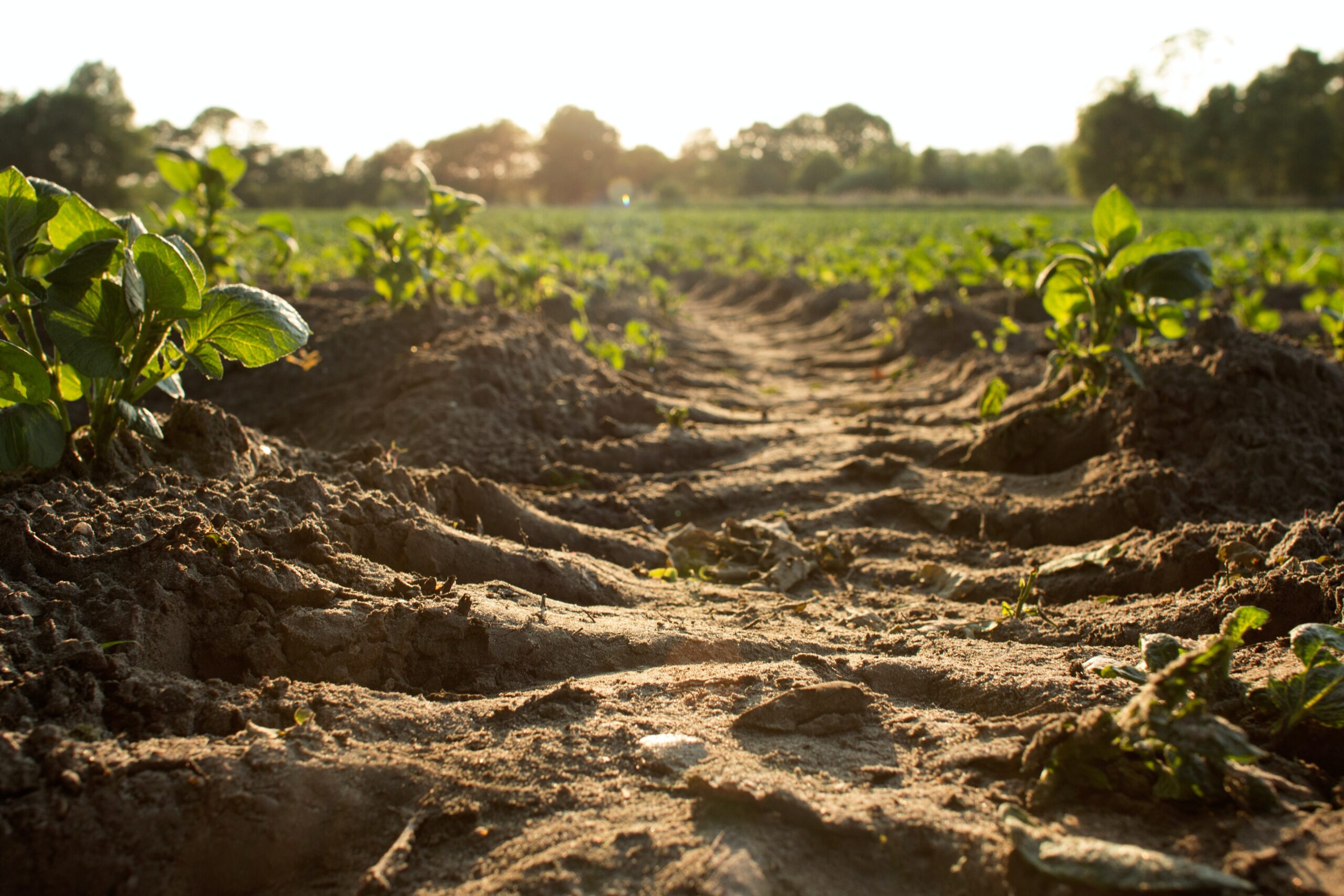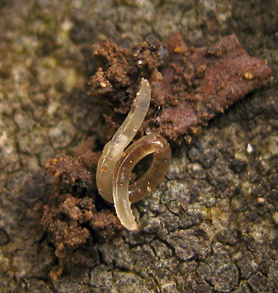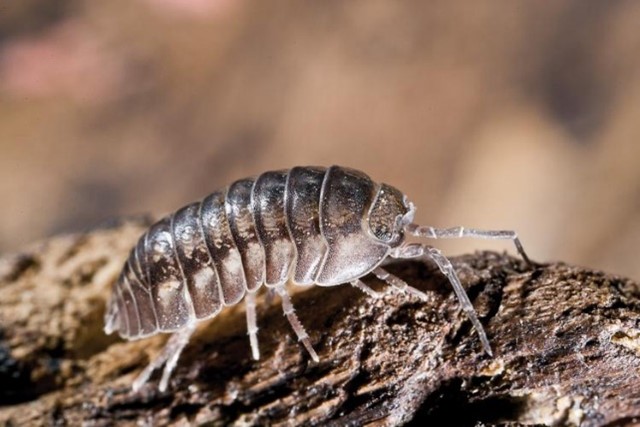14th Oct 2022
16 minute read
Trust Your Soil
Sustainability in agriculture is a topic of fundamental importance since the cultivation paradigm has changed from the extensive to the intensive model. Agricultural practices have a significant and non-negligible effect on the health of the land and the entire surrounding environment. Specifically, monoculture farmland tends to have less diverse biodiversity.

The soil conditions strongly influence the life of the neighboring population; in fact, 95% of global food production relies on terrestrial cultivation, or has a close connection with it. Soil is home to a quarter of all terrestrial species and plays an essential and non-negligible role in nutrient cycling, carbon storage and water filtration, a process that helps mitigate climate change and prevent floods or storms. of drought. Nevertheless, regardless of the fundamental role they play for the functioning of our planet’s ecosystems, soils often need monitoring aimed at their protection.
In fact, it is not uncommon that due to the intensive exploitation of areas subjected to intensive agriculture, the soil is impoverished. It has been found that the uncultivated land has a microbial diversity and a presence of mycorrhizal fungi, eight times higher than the land worked with intensive monoculture. Scientific studies show that there are many variables that can affect soil conditions, including how often the field is plowed. In monoculture systems, in fact, plowing occurs every year, after the harvest. This tillage can worsen the quality of the soil, damaging the fungal connections, which, among the various functions, perform that of stabilizers. The frequent processes of intensive agriculture use a high input of fertilizers, which destroys the overall quantity of fungi, increasing that of bacteria in the soil.
Organic cultivation consists of a more environmentally conscious cultivation method with a limited use of exogenous products. However, precisely the scarcity of alternatives pushes producers towards the abuse of some products (e.g. copper sulphate) risking the irreparable, or almost irreparable, poisoning of the soil on which the crops take place. The system is designed to allow full interaction between the agricultural operator and the microbiology of the managed agroecosystem, completely making up for the need for specific know-how for this type of technique.
Bacteria: they make up the majority of the biomass present on Earth and play a key role in our life: they control the fundamental processes for the development of ecosystems, starting from soil fertility, which is essential for food production. But they also affect carbon storage, with a direct impact on climate change. (immagine source)


Fungi: They convert hard-to-digest organic materials into forms that other organisms can.
use. Hyphae bind soil parts together to create stable aggregates
increases water infiltration and the water retention capacity of the soil. (immagine source)
Nematodes: On average about 2mm long, they have a similar function to protozoa. many species instead feed on living roots causing problems for plants if there is not adequate predation in the food web. They feed on aerobic bacteria making their nutrients bioavailable to plants. (immagine source)


Arthropod: in addition to manure, their main role is as detritus, i.e. they chop and transport organic matter into smaller pieces, increasing the useful surface area for bacteria and fungi; the exoskeleton is made up of ketin. (immagine source)
An innovative and functional method from which the invention described here is to apply AI models structured with image recognition algorithms to carry out periodic monitoring of the soil. The present invention refers to a method and system based on Artificial Intelligence (AI) models suitable for monitoring soil biodiversity.
The goal was to develop and validate a complete prototype system, composed of the following modules: Data acquisition hardware module: a simple-to-use soil analysis device, capable of simply acquiring a high-resolution signal and allowing it to be sent remotely to a server for automatic analysis.
Soil microbiology analysis software module supported by an AI model implemented with machine learning algorithms. The module allows processing relevant parameters and information starting from images (through image processing) or other types of signal, in order to classify the state of soil biology and predict the treatment modality. The same module will make it possible to analyze and validate the quality of the biostimulants produced in order to guarantee safe use.
Bioreaction support software module. The module will be able to formulate optimal dosages and timing for the production and application of specific biostimulants for the soil and the crops analysed. The connection with the module 4. it will allow you to monitor the correctness of the process, calibrate its timing according to the variation of environmental factors (temperature), and support the planning of product applications.
Sensor-controlled bioreaction hardware module for the production of biostimulants. The module will allow the production of biostimulants through the support of module 3, and will be equipped with a set of sensors (temperature, ph, quantity of dissolved oxygen, etc.) which will allow monitoring the process.
Thanks to this immediate feedback, farmers have access to the indispensable know-how for correct soil management and, through a predictive system, they will also be able to learn in advance the onset of plant diseases before they appear on the plants, with obvious savings of materials and resources used. The biostimulants formulated by the system respond to the specific nutritional and microbiological needs of the soil-water-plant system, promoting production using low-impact technologies that can be implemented on the farm.
It is believed that the most effective strategy to innovate the current state of agronomic management on a small and large scale is to provide a tool that is simple to use, low cost and with maximum application flexibility, which allows agricultural operators to:
– verify immediately and independently (without the need for specialist advice) the result of the agronomic practices adopted on soil biology;
– self-produce biostimulants with low economic impact technologies, developing the correct formulation based on the actual needs of the soil;
– monitor soil repopulation processes through a cloud-based system.
Soil conditions strongly affect the lives of nearby people and help affect nutrient cycling, carbon storage and water filtration, a process that helps mitigate climate change and prevent floods or droughts. One of the main actors in the impoverishment of terrestrial biodiversity derives from monocultural and intensive practices, which tend to impoverish the soil over time. The times necessary for the regeneration of the latter are long and the outcome is neither obvious nor reproducible. Continuous and discreet monitoring of land subjected to intensive agriculture is very important.
The tools necessary for monitoring can only be used by specialized personnel, they are very expensive and not suitable for travel; Continuous monitoring would require the installation of an internal laboratory, with the consequent costs and charges; The interpretation of the resulting data requires specific and relatively rare skills, thus requiring the intervention of specialized and costly advice for growers. There are many actions to be taken to restore the balance of terrestrial biodiversity and the action plan to be undertaken is not always easy to understand.
This is just the beginning: we will continue to push these techniques to make the interaction between agricultural operator and agroecosystem microbiology ever easier and thus improve one’s work.